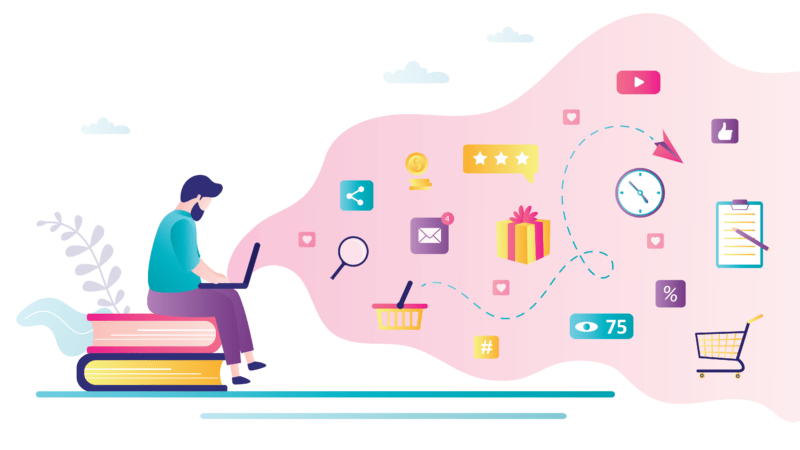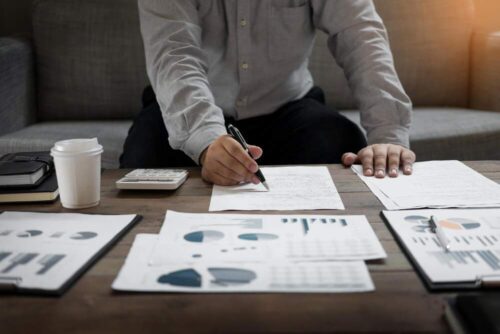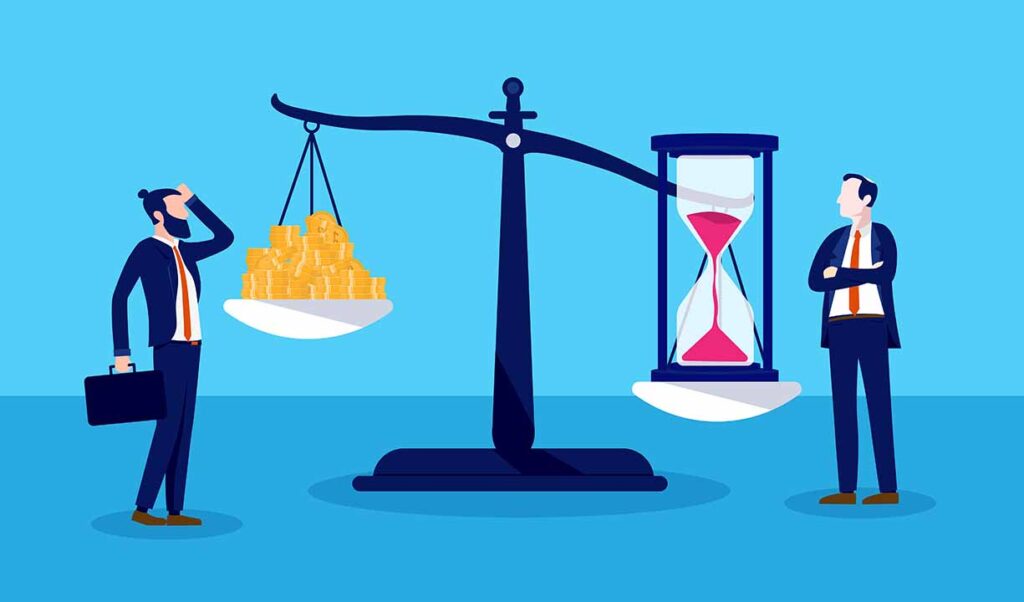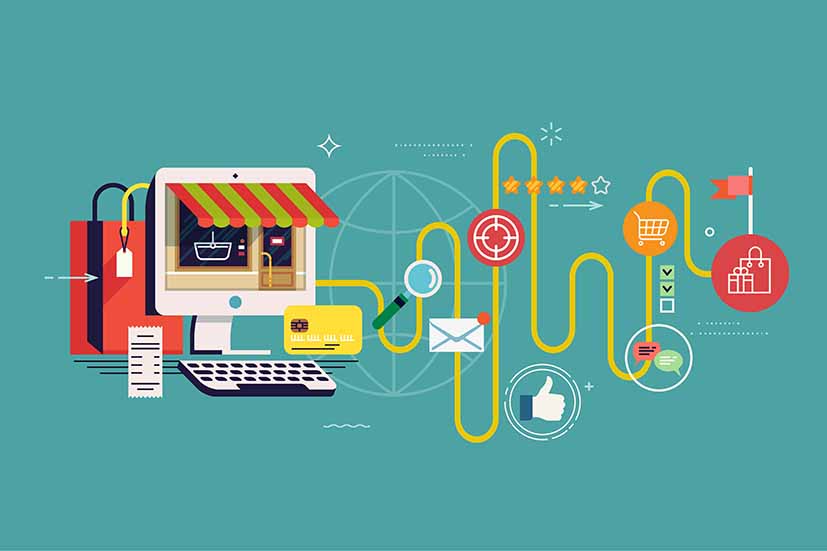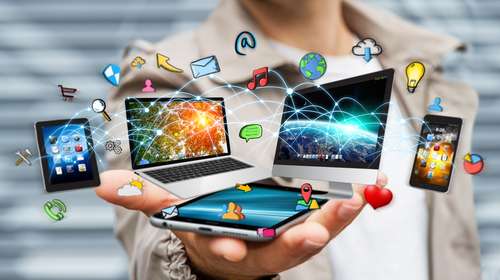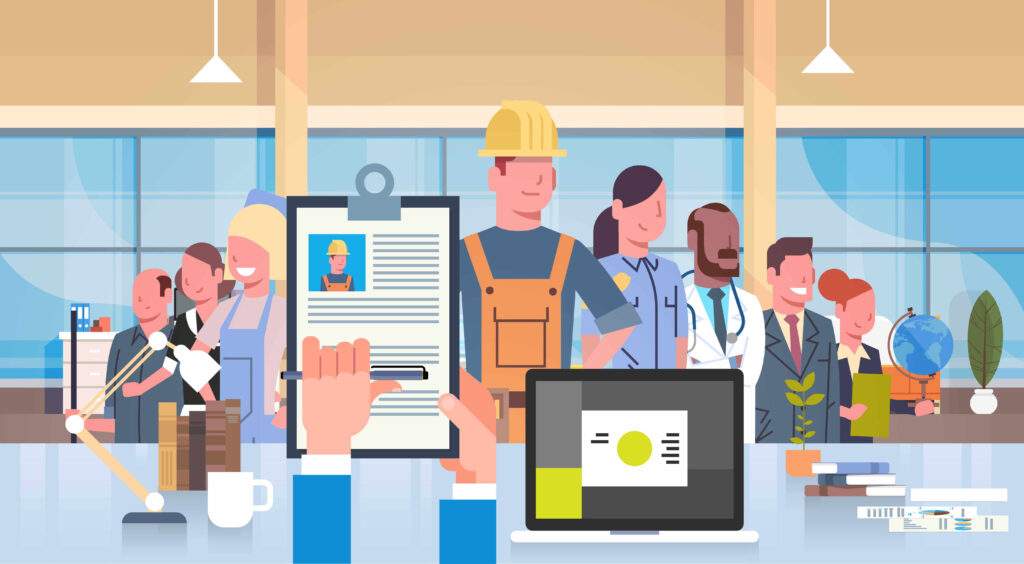Email marketing can still be one of the most effective ways to reach customers and build brand loyalty. While there are pros and cons to keeping an email list, the conversion potential is far greater than through almost any other method. You’ll have a direct line to people who have expressed enough of an interest in your product or service to subscribe.
Here are some of the best strategies to drive higher conversions through email marketing.
1. Choose the Right Newsletter Provider
According to research, emails are the leading reason people buy something, with 44% of surveyed consumers citing it as a motivator. Therefore, investing in creating a newsletter can be a notable strategy for your brand.
However, the way you send a message can make a difference in conversions. Some email newsletter providers garner higher delivery rates than others or provide more extensive feedback on user habits.
The right newsletter provider is the one that you can afford the monthly fee for and has the elements you most want and find useful. Additionally, it must be user friendly. Anyone in the company should be able to schedule a message without a huge learning curve to figure out the system.
2. Build Your List
Email marketing is most effective when you collect a list of people highly interested in what you offer. Building your mailing list may be as crucial as what you actually send out. You want people who are highly engaged and in the market for what you sell.
How do you find them? Start by creating buyer personas listing out the qualities of your typical customer. You can run ads on social media offering a perk if they sign up for your mailing list — perhaps a slight discount, free shipping or other freebie.
3. Set Up Drip Campaigns
Once someone signs up for your mailing list, what happens? The goal is to keep only those people who are highly engaged and likely to convert. In most cases, email marketing service providers base their fees on the number of subscribers. So, while having many subscribers often leads to higher sales, you want to ensure the majority of your subscribers are actually interested enough to convert in the first place.
The best way to narrow down your list is by setting up a drip campaign that starts when they subscribe. Send a welcome email explaining what you do. Throughout a few days and several emails, offer insight into what they gain by being on your list.
In each message, include an easy way to opt out and unsubscribe. Providing an easy out, even after downloading a freebie or other offer, ensures you keep only highly engaged customers and don’t pay for those who never open your emails.
4. Segment Your Audience
Another way to improve your email marketing is by segmenting your audience. By splitting your users into groups, you can highly personalize the offers you send. There are many different segmentation methods, such as demographics or past buying behavior.
For example, if your analytics show that a group of people click on a particular offer every time you send it and you get in a similar product, you can send a message to the segment of people who loved the initial item.
5. Schedule Emails
While it’s impossible to pinpoint the best time to send emails, your audience will help you see the prime moments for them to receive a message from you. Pay attention to your open rates. If you send a message in the morning, are open rates higher? What about in the evening?
You may find that a particular day garners more click throughs than another. Your email service provider should have an analytics system you can study to figure out timing. The only way to know the best time for your subscribers or even different segments of your audience is by testing and tracking results.
6. Improve Subject Lines
People get numerous emails every day. As they look through their inboxes, it’s easy to click the delete button. Your goal is to get them to open your email and read a bit more. Your subject line is the first impression they have of the campaign. You want to create such an interesting headline that they can’t resist clicking on it.
Some of the things to focus on as you’re formulating a subject line include:
- Being short and to the point
- Including action words
- Being relevant to the offer
- Making it clear who the email is from
- Avoiding words or phrases that could be seen as spam
7. Create a Sense of Urgency
The way people generate email marketing is changing, and artificial intelligence (AI) plays a big role in email today. Around 33% of marketers surveyed stated they use AI “to some extent” in their email campaigns. Another 24% said they use it “extensively.”
One thing AI can help with is creating wording that creates a sense of urgency. Titles such as “Limited Time” or “Offer Expires in…” can encourage people to read your message today instead of letting the deal expire before they get a chance to use it.
How Can You Improve Email Marketing Efforts?
Email marketing is something you should consistently improve until you hit the goals you’ve set for open rates and conversions. Tapping into the power of modern technology gives you a chance to compete with others in your industry and find success more quickly than going into a campaign without the data needed to succeed.

